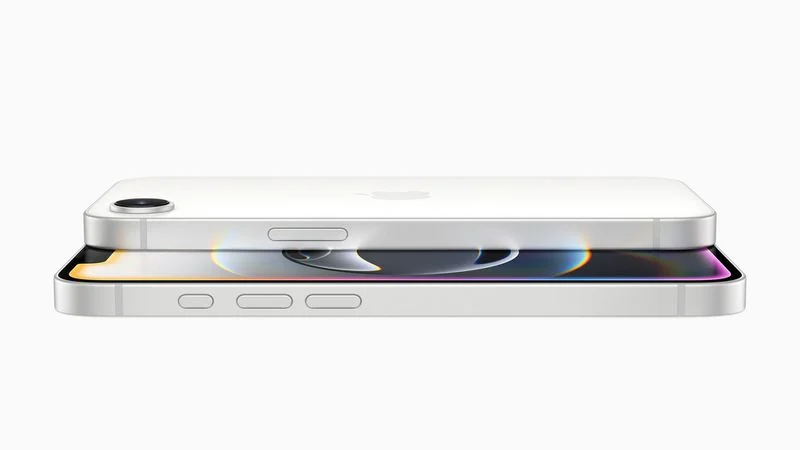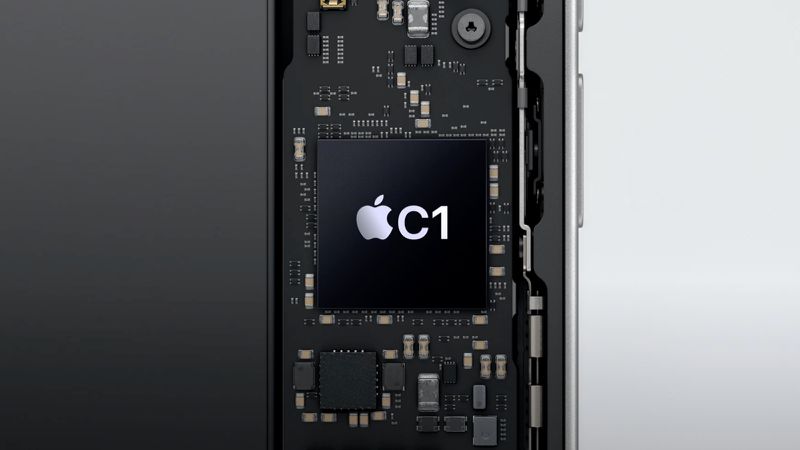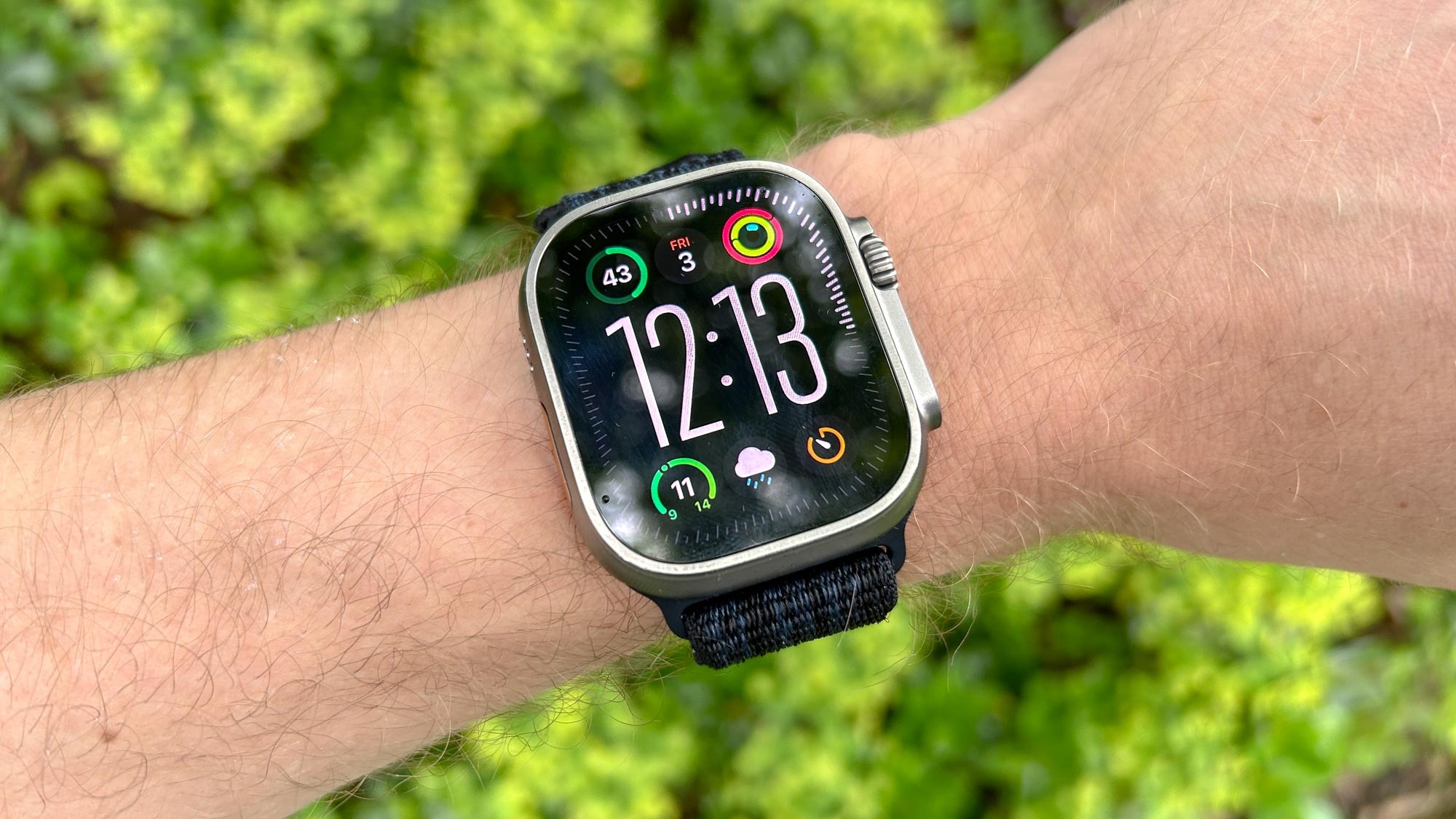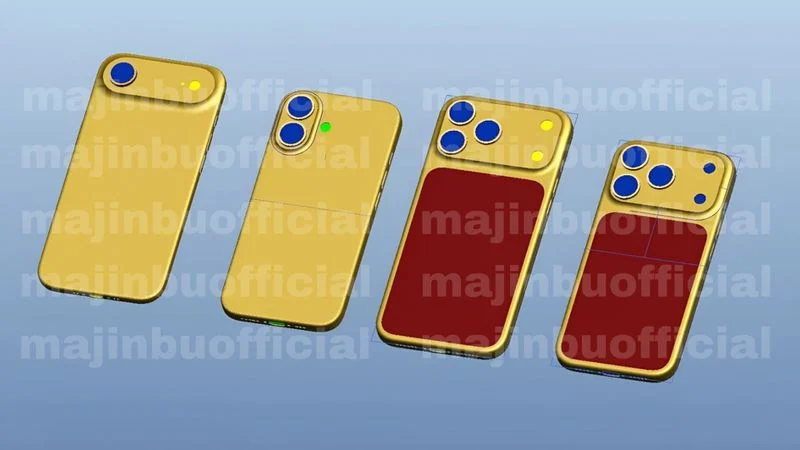Back in 2020, Apple decided to switch from Intel chips to its own Apple Silicon for Macs. This big change worked out well. In less than three years, Apple created chips that were quicker and used less power than Intel’s, making their devices better. Now, Apple is taking on Qualcomm. They’ve started with the C1 modem in the new iPhone 16e. It’s the first step toward controlling all their networking tech themselves.
What’s Next for Modems: C2 and C3
The C1 modem, launched with the iPhone 16e, focuses on saving battery life. It doesn’t handle super-fast 5G mmWave or match Qualcomm’s full range yet. Still, it’s solid and works well. Apple calls it the “most energy-saving modem ever in an iPhone,” offering fast and steady 5G.
The C1 won’t be in most iPhone 17 models but might show up in the iPhone 17 Air, where saving power matters for its slim design. Meanwhile, Apple is already planning to build better modems. The C2, nicknamed Ganymede, is set for the iPhone 18 in 2026 and iPads in 2027.
It’ll match Qualcomm with faster downloads and stronger connections. Then, in 2027, the C3 (Prometheus) will roll out with the iPhone 19, aiming to beat Qualcomm with smarter features and satellite support. Apple’s also thinking about adding cellular to MacBooks by 2026, thanks to these homegrown modems.
New Wi-Fi and Bluetooth Chip
Apple isn’t stopping with modems. They’re also replacing Broadcom’s Wi-Fi and Bluetooth chips. A new chip, called Proxima, could launch this year in updated HomePod minis and Apple TVs. It’ll support speedy Wi-Fi 6E and might even act as a mini router. Analyst Ming-Chi Kuo predicts it’ll hit the whole iPhone 17 lineup, boosting how Apple devices connect and cutting costs. It’ll reach iPads and Macs by 2026, too.
Combining Chips for the Future
Down the road, Apple wants to blend its modems into the main Apple Silicon chip. Instead of separate pieces like the A18 and C1, it’d all be one unit. This could save money and power, but it’s not happening until at least 2028. Apple’s pushing hard to build more of its own tech, and these changes show they’re just getting started.





